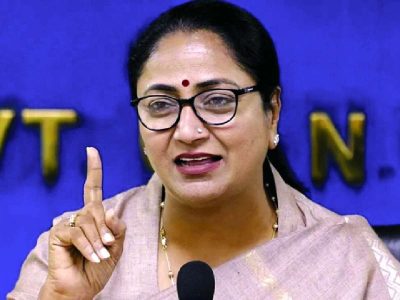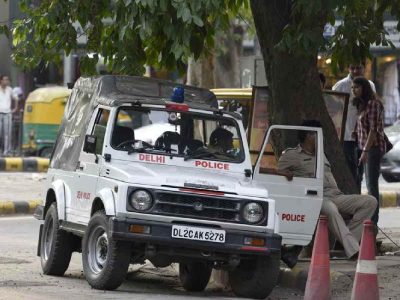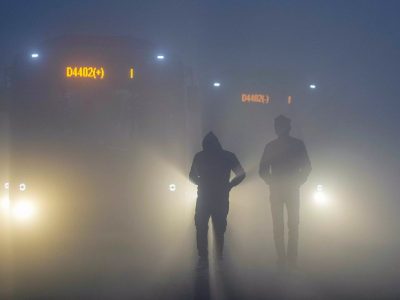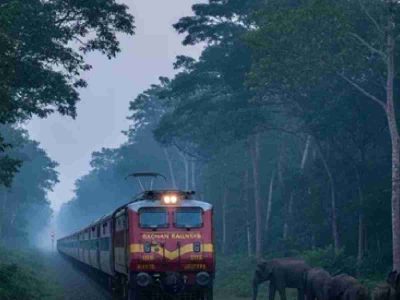At 17, when most teenagers are hooked to social media platforms and spend weekends at shopping malls, Palak Gulia, the newly-crowned Asian Games champion in women’s 10m air pistol from Gurgaon, follows the routine of a hermit.
Palak, a first-year undergraduate student who was also a member of the national women’s 10m air pistol squad that won team silver, devotes 12 hours a day to improve precision shooting.
“It’s nearly seven hours a day, divided into morning and evening sessions, at the 10m air weapon ranges,” Palak’s father Joginder revealed to Patriot.
“Physical fitness and meditation routine consume another three to four hours a day.”
That is the price of winning the Asian Games title.
“I can’t remember when Palak last went to a shopping mall,” said Joginder.
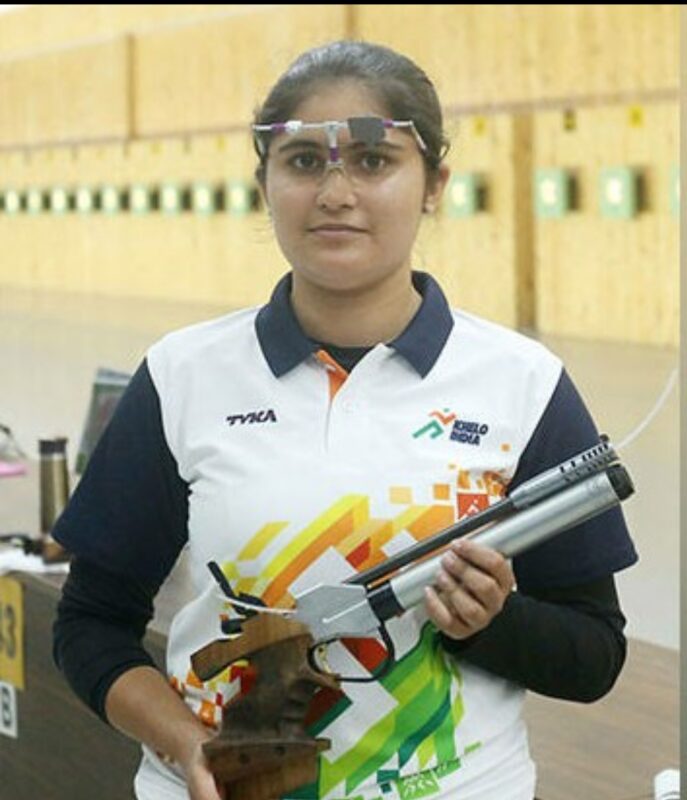
Staying away from distractions, a major source of negative vibes during shooting, is the key to success, added Joginder who oversees his daughter’s practice.
“There is a difference between a winner and a loser. We believe in making a big impact during competition.”
Palak’s father hasn’t done any regular coaching course. But since he oversees his daughter’s practice, he keeps himself updated with the fundamentals of target shooting and how to encourage her daughter in times of below-par performance.
According to Joginder, precision shooting is more mental than physical.
“It requires high level of concentration to hit the bullseye at the target from a distance of 10m,” he added.
The 10m air pistol competition is held indoors. The competitors have 60 shots in the qualification round within a time-frame of 75 minutes. The top eight shooters compete in the medal round, which is a 20-shot match-up.
The fundamentals of air weapons (10m air rifle and pistol) appear simple as shooting with them looks a straightforward procedure, yet the minor details and adjustments related to holding of the gun and shooter’s own position make them complex.
The basics have to be repeated each time a shooter lifts the pistol to fire a shot in the 60-shot qualification round.
Any deviation in fundamentals can prove costly in precision shooting where decimal counts.
“There is a major difference between 9.8 and 10.3 in pistol shooting,” Joginder said.
Positive vibes
The mood of the parents and coaches sitting in the spectators’ stand and watching the shooter compete plays a big role in the performance.
“Even if the scores are moderate during competition, we have to encourage the shooter (Palak) to do better,” said Palak’s father.
The father also ensures that nothing untoward happens at home that can impact the mood of Palak.
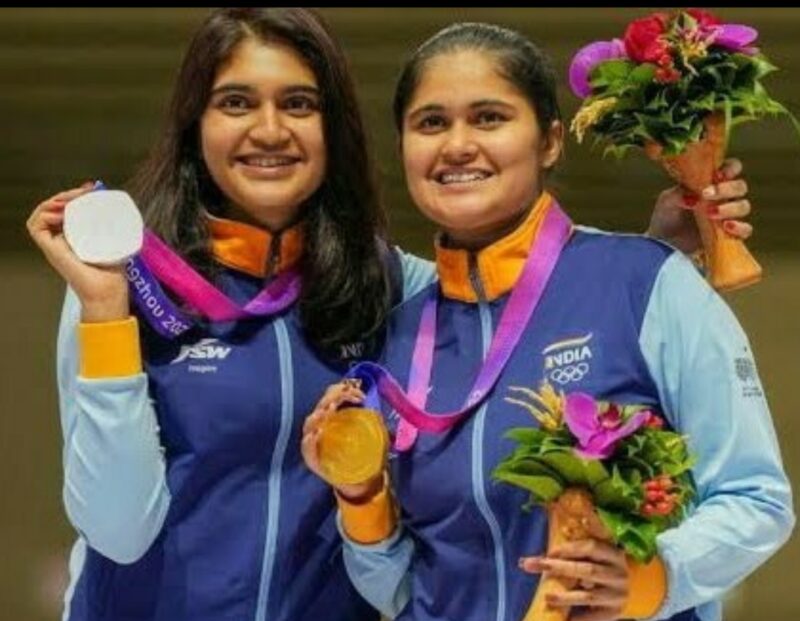
“We try to create a positive atmosphere at home. I don’t like to raise my voice when I’m discussing anything important with my wife. We don’t want any negative impact on our daughter,” said the father of the teenage shooter.
“We try to create a friendly environment at home so that family problems don’t bother Palak during practice or competition.”
Overcoming challenges
A year ago, Palak was nursing a shoulder injury in her shooting arm. She skipped the national competition, which hampered her overall national ranking. She also missed international events earlier this year.
A science with biology student in class 12, Palak had to switch to non-medical course at the undergraduate level.
“It was a challenging situation. She was devoting long hours each day at the shooting ranges and couldn’t devote time to academics. Finally, she opted to follow sports and gave up the medical course,” recalled the father.
Palak bounced back to cement her place in the national team for the Asian Games. A change in diet, focus on fitness and fine-tuning shooting skills were key factors that enabled her to rise to fame.
There was a minor change in standing position at the firing point as well as in the holding of weapon during shooting. There was also a minor change in breathing pattern during shooting.
“Improving minor things for consistent scores under different conditions was an important achievement in the build-up months to the Asian Games,” Joginder said.
If the father played a major role in improving Palak’s fitness — he often goes for morning runs with her and sometimes pushes her hard — the mother has been playing a key role in preparing meals to keep her daughter healthy.
“She (Palak’s mother) has to work hard in the kitchen to prepare different varieties of dishes as there has been a change in diet plan to keep body weight under control,” the father added. “It’s mostly boiled vegetables.”
A challenging task ahead
Early burnout and distractions are the two main factors that have had a huge impact on the minds of talented shooters in the past.
The 2018 Jakarta Asian Games champion in 10m air pistol Saurabh Chaudhary was considered a potential Olympic medallist. At the 2020 Tokyo Olympic Games held in Japan in 2021, he reached the final, but couldn’t figure in the medal bracket.
Since then, he hasn’t won a major event. Worst of all, he couldn’t find a place in the national shooting team for the 2022 Asian Games which concluded on October 8. There are several other such examples not only in shooting but other Olympic disciplines.
Palak’s father is aware of the nitty-gritty of sports and has sacrificed his business to support his teenage daughter.
“Our goal is to excel at the Olympic Games. We are constantly working towards that,” he said of the future plans.
“It will not be that easy to win a medal at the Olympic Games. Fitness or endless hours of shooting at the ranges is one factor, but attaining a state of mind where the shooter is able to block distractions and focus on the task at hand is equally important. Then only we can think of inching towards the Olympics.”
It will be more challenging to excel at Olympics to be held in Paris next year with the world’s best shooters in fray. Indian shooters returned empty-handed from the last two editions, in 2016 (Rio de Janeiro) and 2020 (Tokyo).
Shifting base
Palak’s first experience of holding a precision pistol was at the school shooting ranges in Gurgaon in 2019. Within a span of four years, she has made rapid strides.
To pursue shooting, the Gulia family moved to Faridabad from Gurgaon last year.
When not in the national camp, Palak often practices at Faridabad’s local shooting range.
Palak started her 2023 season with a gold at the Khelo India Youth Games in Bhopal.
“The Khelo India Youth Games is a platform for young shooters,” Palak had told Patriot in the post gold-medal match interaction in Bhopal.
“My family has sacrificed a lot to help me get where I am,” Palak had added.
The competition in Bhopal also gave Palak a chance to gain confidence ahead of the busy 2023 shooting competition.
Palak won a couple of medals in international competitions she competed in 2022 and despite being a teenage shooter, she was ranked number one in the senior group too. However, she failed to deliver in the Rifle/Pistol World Shooting Championships in Cairo held last year in October.
Palak has the knack of erasing bad shots in a flash from her memory at the shooting ranges. It’s a big advantage in precision shooting.
Palak can also be steady in shooting despite a moderate start.


